What the US-China chip war means for the tech industry
With China and the West at loggerheads over semiconductors, how will this conflict reshape the tech supply chain?
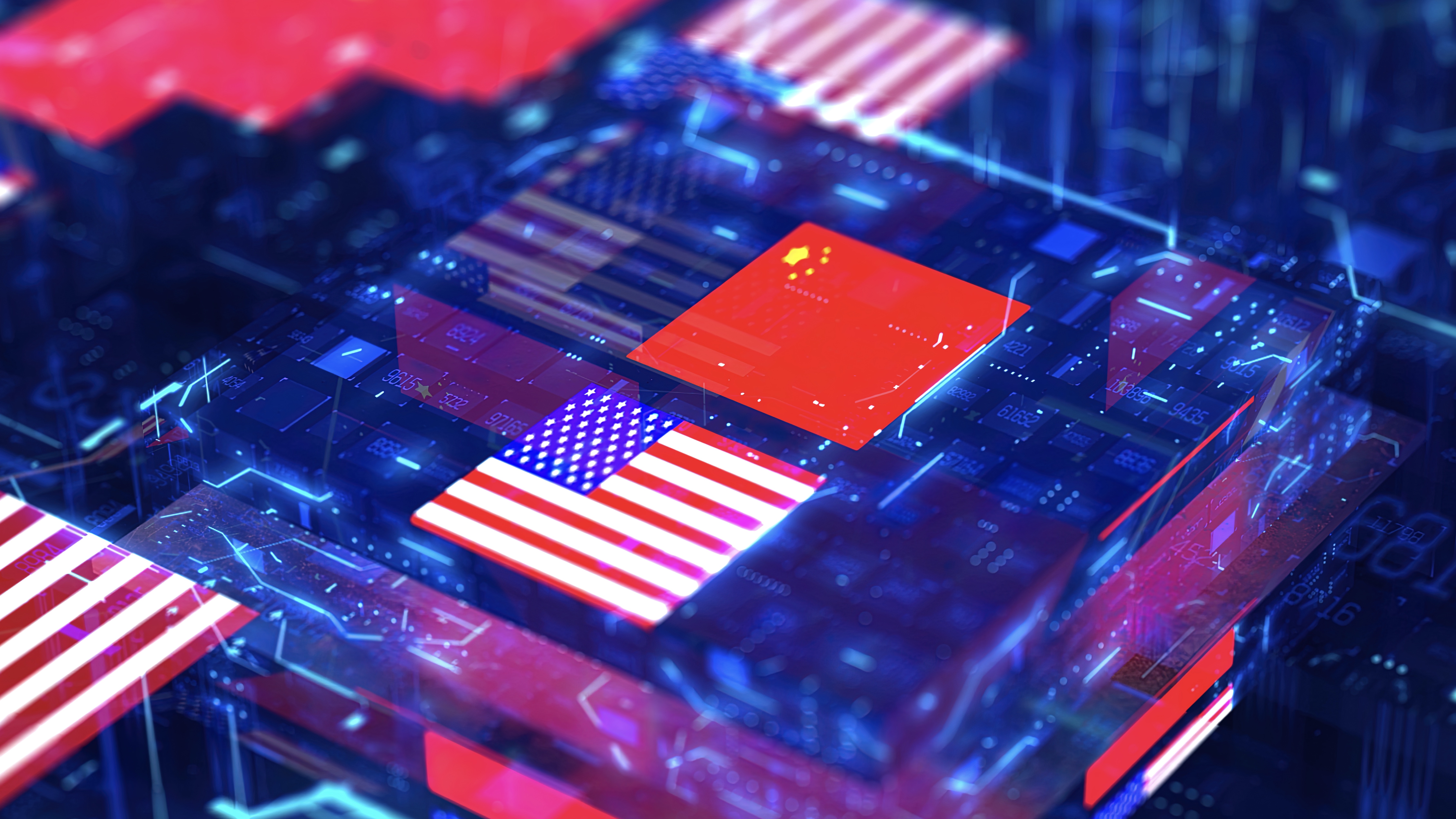
Continental drift is a process that usually occurs over millions of years. Almost imperceptibly slowly, the ground beneath our feet shifts. But the process isn’t always so gradual. Occasionally ruptures in the fault lines between the tectonic plates that comprise the Earth’s crust will violently shake – and force everyone to pay attention. In October last year, something similar happened in the tech industry.
With the stroke of a pen in the United States Department of Commerce, a shockwave reverberated through the global semiconductor supply chain, as new restrictions were brought into force to prevent companies from exporting the most advanced chips to China.
The consequences are far-reaching, and the new rules will fundamentally transform how the tech industry works. After 40 years of frenetic globalization, which saw China become the world’s manufacturer of technology goods, the tectonic plates are shifting as China and the West now drift apart.
Two clashing superpowers
So what motivated the dramatic move? In short, it’s a response to the rise of China as both a military and economic superpower, which has been reshaping the global pecking order since the mid-1970s. “When you are at the top, and you have the second guy nipping at your heels, there is bound to be a bit of friction,” says Professor ManMohan S Sodhi, who researches operations and supply chain management at City University, London.
Since the 1970s, global GDP has increased fourfold in part thanks to China transforming from a largely agricultural economy to a manufacturing and later hi-tech powerhouse. Today, China produces many best-in-class electronics, from drones to Internet of Things (IoT) devices to pretty much any widget you need. Despite COVID-19 woes, with 1.4bn people, China is expected to catch up with the US – which has Washington policymakers worried.
“Both countries are trying to divide up the world,” says Sodhi. “We have two strategic competitors. And maybe the US is right in calling the relationship a ‘strategic rivalry’? “If you were my strategic rival, I shouldn't help you win, right?”
Semiconductors – critical components in modern weapons systems – are at the center of this global powerplay. “They're worried about the fact that these advanced chips can be used in advanced artificial intelligence (AI) computers and military hardware, and on self-guiding rockets,” says Malcolm Penn, founder and CEO of FutureHorizons, a semiconductor analysis firm. “All equipment these days is just a chip with a bit of plastic and tin built around it. All of the skill is in the semiconductor, the rest is just dressing.”
Stay up to date with the latest Channel industry news and analysis with our twice-weekly newsletter
RELATED RESOURCE

Businesses at work
Discussing the most popular apps and top performing apps of 2022, and the rise of Zero Trust security
“If you've got the same advanced chips you’re at a level playing field from a military perspective.”
Semiconductors are a strategic asset, in much the same way that hypersonic missiles and stealth bombers were during the Cold War. And what makes it particularly precarious from America’s perspective is the best chips are made in the most awkward place possible.
“Taiwan happens to be a big supplier of vital chips,” says Sodhi. Home to TSMC, the world’s most advanced chip manufacturer, Taiwan has long been a huge point of political contention: China claims the island as part of its territory, but since WWII it has been an independent country in all but name. It’s a democracy firmly within America’s sphere of influence, despite lying only 100 miles off the mainland Chinese coast. There’s a small but non-trivial chance that China may one day invade and try to take the island back.
“If the Chinese take that over, it already has the rare earths [metals used in chip manufacture], so it could be a difficult situation for what we call ‘the free world’, so the tensions are building on many fronts,” says Sodhi.
The soybean struggle
Tension has been building for a long time, but the incident that eventually led to the restrictions being imposed was something much more parochial: a dispute over soybeans. “Basically, you have to go back to Trump,” says George Magnus, former chief economist at UBS bank, and a research associate at Oxford University’s China Centre.
The scrap began in 2018, when Trump declared a trade war, slapping tariffs on a number of products, including solar panels, washing machines, and soybeans. “There wasn't really a specific technology focus at that time,” says Magnus. “Most people thought that it was a complete waste of time because the only people who really pay for tariffs are consumers.”
The tit-for-tat economic measures persisted and in May 2019 Trump signed an executive order prohibiting the sale in the US of any communications technology produced by “foreign adversaries” – a move aimed at hurting Chinese giants ZTE and Huawei. Equipment made by Huawei, in particular, formed a significant part of Britain’s emerging 5G network. This was seen as a security threat.
There were also dramatic consequences for consumers, as it was this rule that prevented Huawei and ZTE from licensing Google’s homegrown version of Android, significantly hobbling Huawei-made smartphones sold in The West, because they couldn’t offer the Google Play app store or access to other Google services. But this was only the beginning.
“The Biden administration has really taken this to a new level,” says Magnus, with the hammer blow landing in October when US firms were barred from exporting chips to China without a license.
“They really are a very, very sophisticated form of export control,” says Magnus. He explains that, normally, restrictions limit the influence of individual companies – but in this case, America was trying to disentangle an entire sector of the economy from China’s influence.
These bans very much set the direction of travel. Last year, the US also piled on the pressure with the passage of two major bills through Congress. The misleadingly titled Inflation Reduction Act, and the Chips & Science Act, both created new incentives and subsidies for American companies to develop and manufacture chips in the mainland US.
“It's about redesigning global supply chains for technology,” says Magnus. “They do not want Taiwan to be the centrifugal piece of the technology ecosystem in ten years’ time for obvious reasons, and they certainly want to contain or prevent China from taking the lead.”
Leaving Apple exposed
As a result of the growing tensions, it is going to be much more difficult for Western tech companies to do business in China, and vice-versa. “I think it's a huge structural shift – China is huge in the global semiconductor industry,” says Magnus.
This isn’t because China designs or manufactures chips – only around 16% of chips used in China are homemade. But China depends on companies such as Intel, Nvidia, Dutch firm ASML, which makes the equipment used to make the most sophisticated chips, and TSMC, which has fabs in mainland China. Now, any firm that wants to use US technology in China will require a special license.
“There is a leveling out at the moment because people are concerned about the ongoing risk of having their operations in China, so some of those operations are now moving to other areas of Southeast Asia,” says Mark Lippett, CEO of XMOS, a British company that designs chips for embedded systems.
RELATED RESOURCE

In fact, the journey from the drawing board in XMOS’ Bristol headquarters to finished products is illustrative of just how entangled Western tech firms currently are with China. “We fabricate, assemble and test chips in Taiwan,” says Lippett. “Then it goes into a contract manufacturer. Those contract manufacturers historically have typically been in China.”
It's in China where chips are then installed inside countless different devices, from set-top-boxes for TV providers to smart speakers. “Chips come out again, either in exactly the same form because they’ve just gone into a logistics warehouse, or they go inside a consumer electronics device that is then going to be resold in the West,” says Lippett. “Unpicking China from this supply chain is non-trivial, and in my view undesirable as well.”
It’s likely that, over the next few years, we’ll see major tech firms relocate manufacturing beyond China. But there’s one tech titan – Apple – that’ll perhaps have the largest headache of all. To an extent unmatched by its peers, Apple is enormously reliant on China. The company might remind us its hardware has been “Designed by Apple in California”, but today more than 95% of iPhones, Macs, and accessories are assembled in China.
“Apple made a bet on China that Samsung didn't,” says Magnus. “If you look at the timeline, Samsung diversified its markets, its manufacturing, and its sources away from China. It's nowhere near as dependent on China.”
And this is set to be a big problem for the company, given the extent to which it has invested in advanced manufacturing and logistics inside the country. “You can't just lift that out and replicate it somewhere else overnight,” says Penn.
Can China catch up?
The flipside to the scramble many Western companies now face is the challenge facing China. Can its own domestic semiconductors catch up with the best of the West, or will President Biden hobble China’s chip-making capabilities? Opinion is mixed.
“The West is quite significantly ahead,” says Lippett. “In terms of the bleeding-edge technologies, China typically lags a few technology [generations] behind in terms of its ability to support domestic manufacture.”
Penn agrees, saying China still has only one option – which is now much more precarious. “In terms of getting chips made, they do what everybody else does and go to TSMC because there is no other choice for anybody, whether it's the West or the East or the man on the Moon, there’s no other place to go.”
What if China wanted to develop its own fabs and build its own chips from scratch? There’s still the significant problem of requiring sophisticated photolithography equipment to etch transistors into silicon. For the most advanced chips, only ASML can do it. But the Netherlands has signaled it’ll impose similar restrictions to the US. China may, therefore, struggle to reconfigure its industry any quicker than it’d take Apple to exit China.
“If they wanted to build their own fabs and could somehow buy or copy or reverse engineer whatever equipment is needed, you're talking a minimum ten years’ timescale for these things to have any serious impact,” says Penn.
In a few years’ time, don’t be surprised if your next laptop isn’t “made in China”, but elsewhere. The aftershocks from the earthquake are still being felt but, save for a major and unexpected reversal in policy, the tectonic plates that hold up the Chinese and Western tech industries are set to drift further apart than ever.
-
 Trump's AI executive order could leave US in a 'regulatory vacuum'
Trump's AI executive order could leave US in a 'regulatory vacuum'News Citing a "patchwork of 50 different regulatory regimes" and "ideological bias", President Trump wants rules to be set at a federal level
-
 TPUs: Google's home advantage
TPUs: Google's home advantageITPro Podcast How does TPU v7 stack up against Nvidia's latest chips – and can Google scale AI using only its own supply?
-
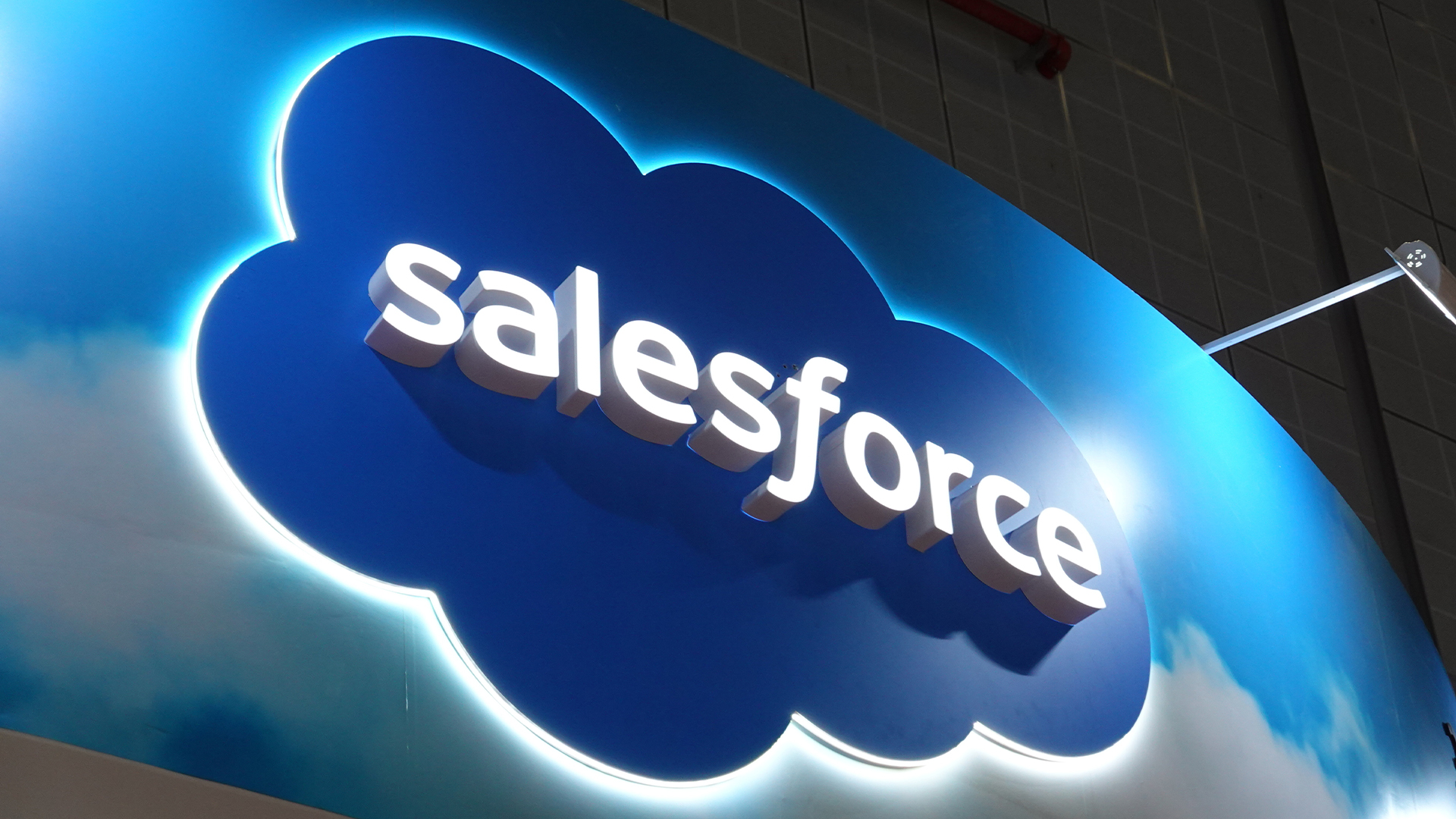 Salesforce opens up Agentforce 360 for partners to drive agent development
Salesforce opens up Agentforce 360 for partners to drive agent developmentNews Salesforce has opened up its Agentforce 360 platform to allow partners to build and sell AI agents and applications.
-
 Alteryx names former Salesforce, Oracle strategist as new global technology alliances lead
Alteryx names former Salesforce, Oracle strategist as new global technology alliances leadNews The former Salesforce and Oracle leader will spearhead Alteryx’s partner strategy as the vendor targets deeper ecosystem collaboration
-
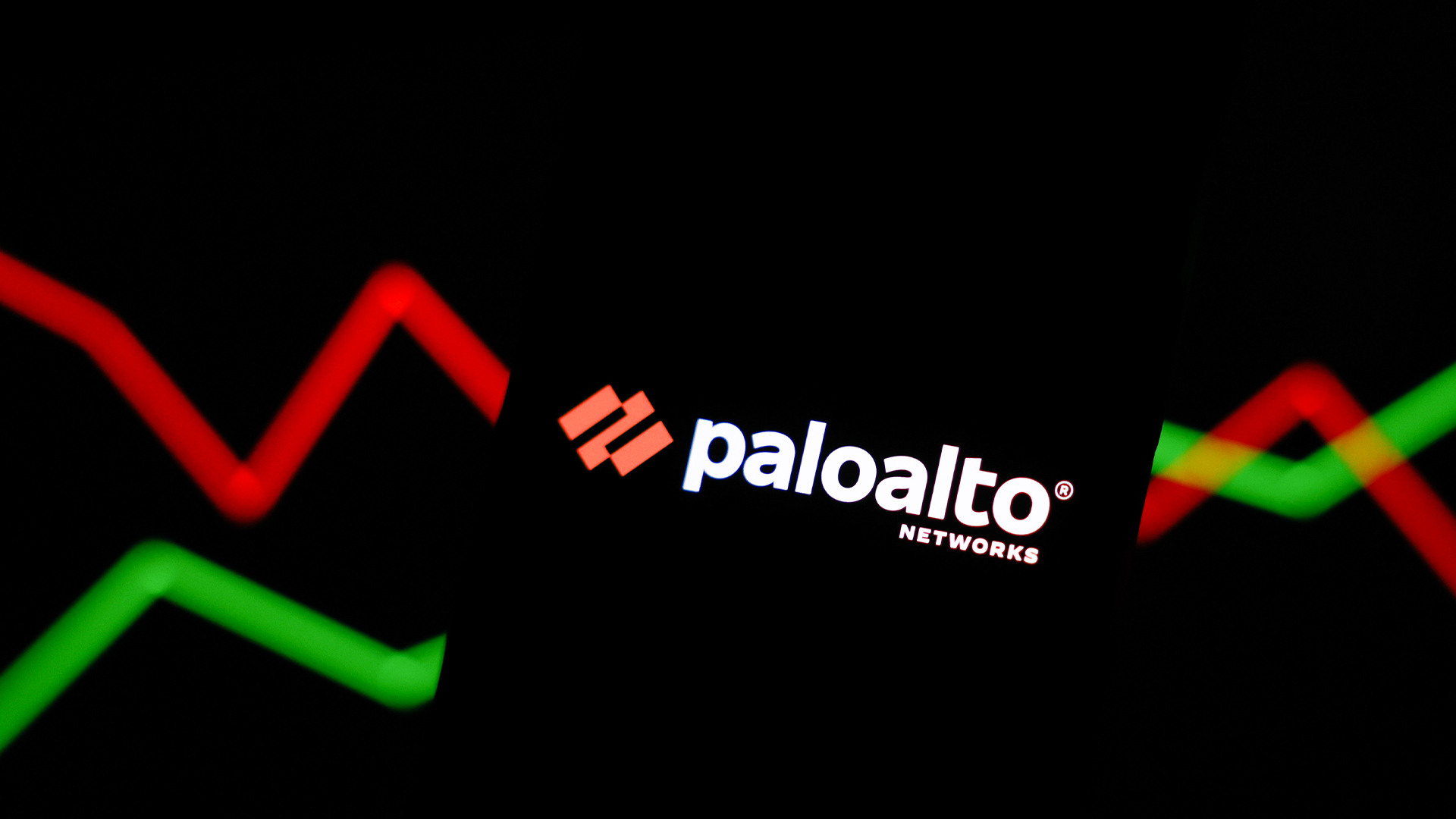 Palo Alto Networks to acquire Chronosphere in $3.35bn deal
Palo Alto Networks to acquire Chronosphere in $3.35bn dealNews The cybersecurity vendor will combine Chronosphere’s observability platform with its own Cortex AgentiX offering
-
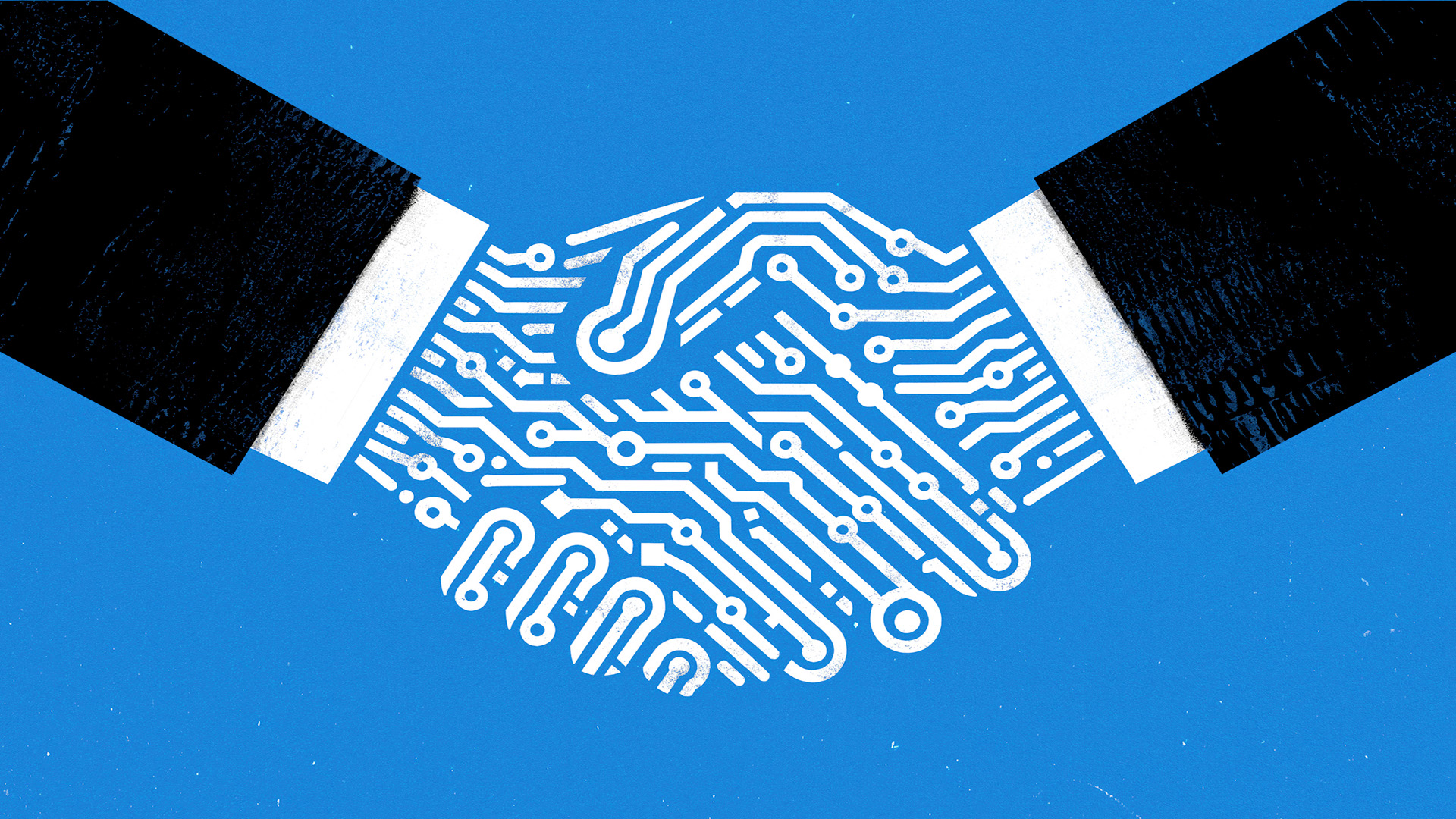 Nozomi Networks eyes channel growth with double executive appointment
Nozomi Networks eyes channel growth with double executive appointmentNews Matthew Cowell has been named as VP of strategic alliances, while Tyson Gerhold becomes VP of global partner and channel sales
-
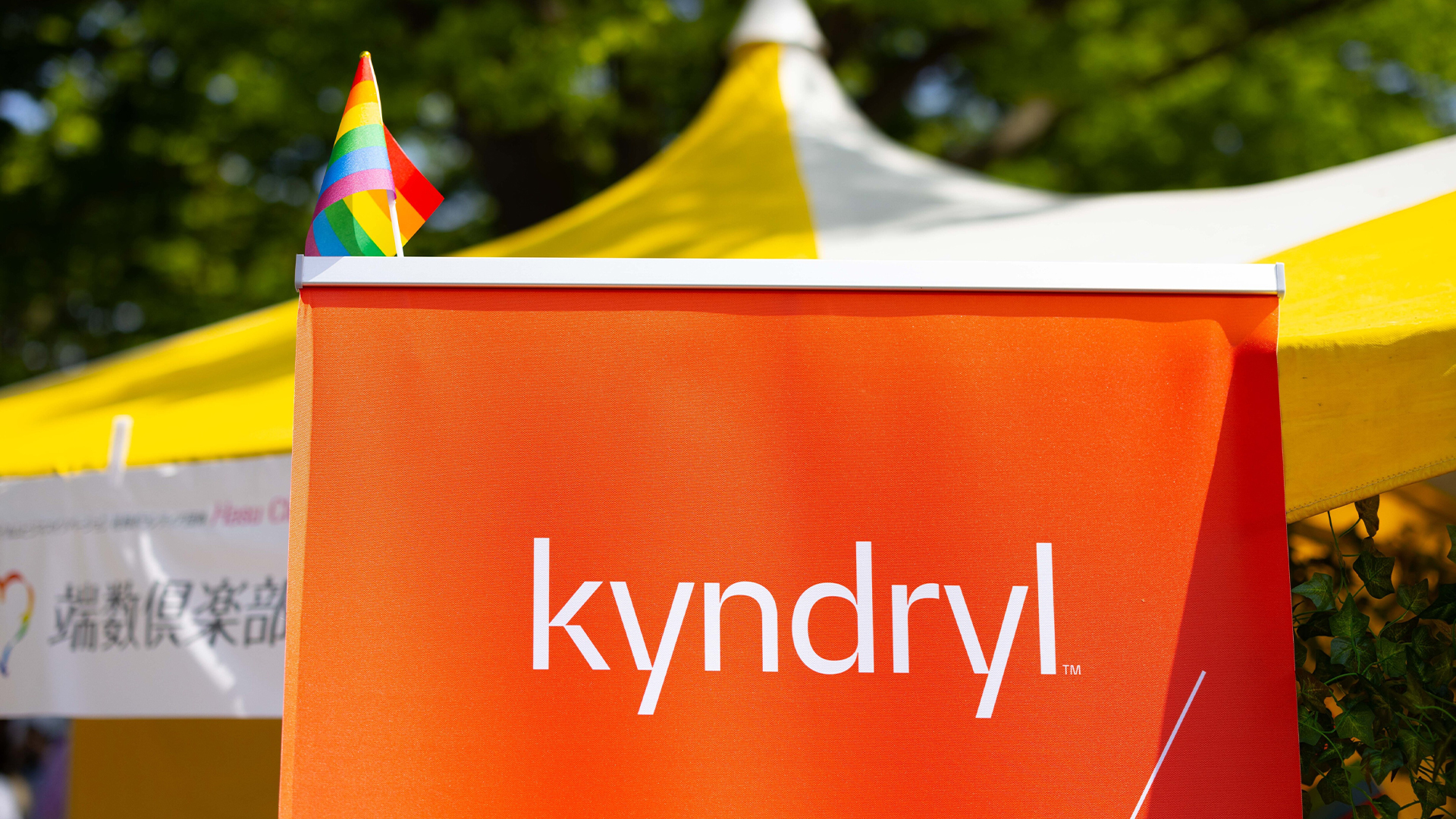 Illumio partners with Kyndryl to accelerate zero trust adoption
Illumio partners with Kyndryl to accelerate zero trust adoptionNews The collaboration pairs Illumio’s AI-powered threat containment with Kyndryl’s microsegmentation services to deliver security and compliance gains
-
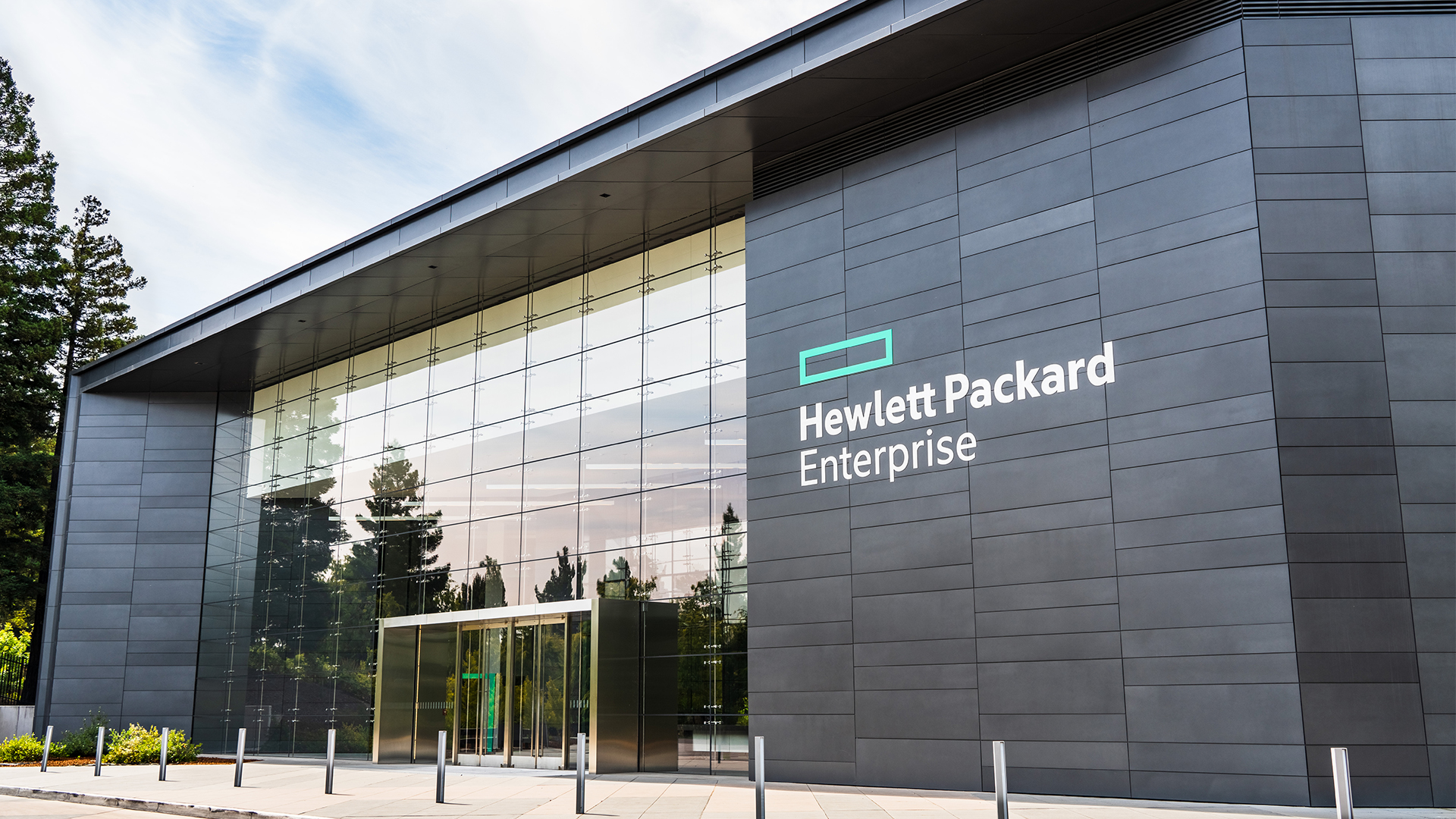 HPE launches first phase of new-look Partner Ready Vantage program
HPE launches first phase of new-look Partner Ready Vantage programNews The IT giant’s freshly unified channel initiative combines its legacy programs into a single framework
-
 Darktrace bolsters expansion plans with double C-suite appointment
Darktrace bolsters expansion plans with double C-suite appointmentNews Industry veteran Samun Raju joins the security vendor as CFO, while former KnowBe4 executive Hein Hellemons becomes CRO
-
 Cohesity appoints new channel development lead for UK, Ireland, and Benelux
Cohesity appoints new channel development lead for UK, Ireland, and BeneluxNews Harvey Smith will lead the data security provider’s partner strategy as it looks to help partners evolve beyond a pure tech sales model